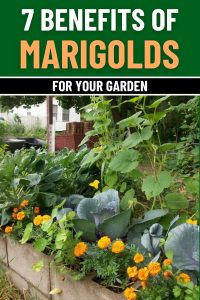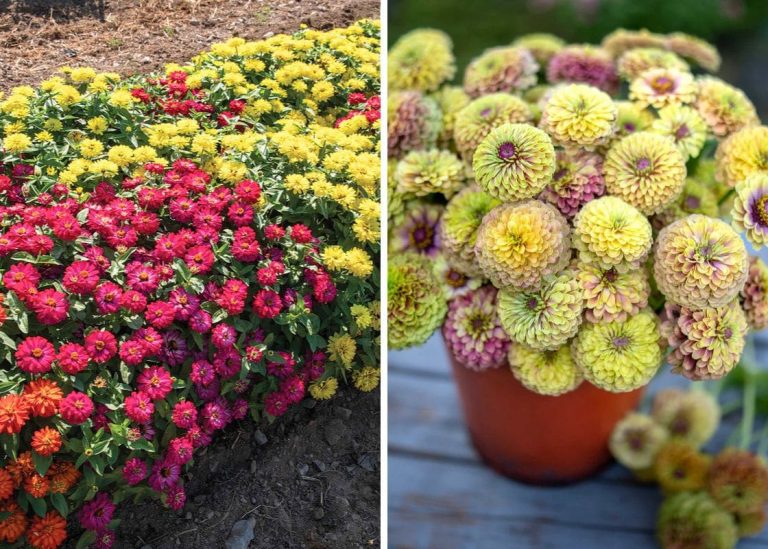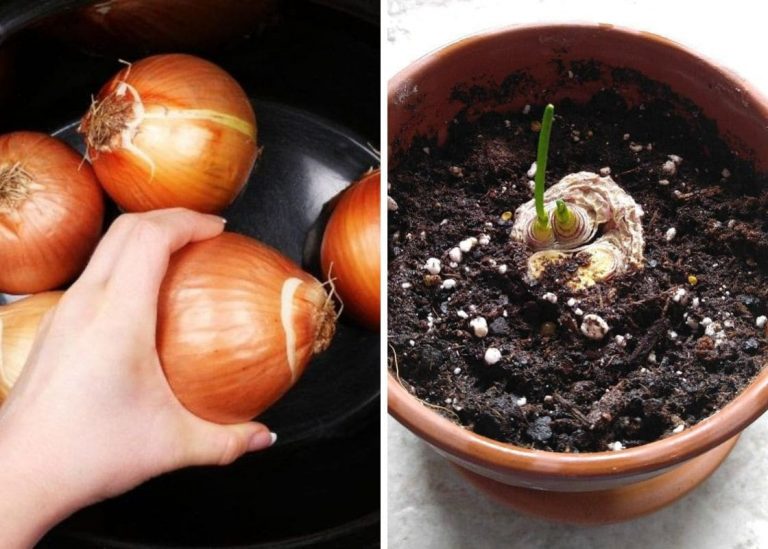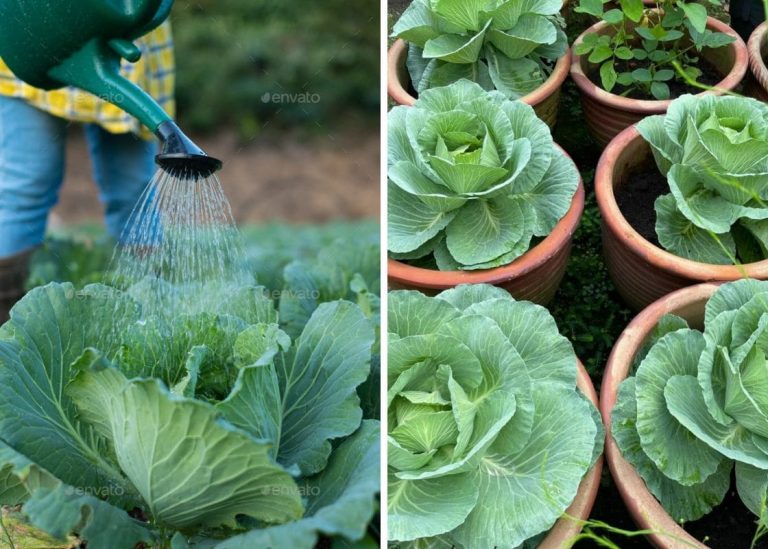Marigolds in the Garden: Big Benefits from a Small Bloom
There was a summer when our backyard looked a little tired. Not neglected exactly, but worn out—as if it had been sighing along with us during those long, chaotic days of balancing remote work, spilled juice boxes, and toddler tantrums. I wanted something—anything—that could bring a spark back into our little patch of earth.
One late afternoon, my daughter Lily came home from school with a crumpled paper cup and a tiny sprout poking through the soil. “It’s a marigold, Mama,” she beamed. “We planted them in class.” I set it gently on the kitchen windowsill, unsure if it would survive the curious pokes of her younger brothers or the afternoon sun that burned too bright. But survive it did. And not only that—it thrived. Within weeks, those golden blooms burst open like tiny suns, bright and bold and utterly unbothered by the heat.
I planted more—first a few around the vegetable bed, then a row near the roses, and eventually, they filled corners I didn’t even know needed color. Now, every time I see them, I think of Lily’s small hands holding that cup, her eyes wide with excitement, and how that one simple flower brought joy into a season that desperately needed it.
But marigolds don’t just lift the mood—they’re hardworking little heroes in the garden. If you’ve never grown them before, or you’ve only seen them as a splash of color, let me share a few reasons why I now consider marigolds my trusty garden companions.
#1. Natural Pest Control Without the Chemicals
Our veggie patch is the pride of our backyard—and also a magnet for every bug with an appetite. One summer, our tomatoes were under siege from aphids. I tried every natural spray and companion planting trick I could find. Then I heard from a neighbor, Mrs. Calderon, who swore by planting marigolds as a border.
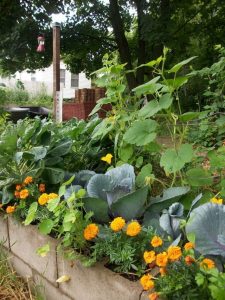
Sure enough, they worked like tiny golden guards. Marigolds, especially the French variety, release a compound called thiophene that deters nematodes and aphids. Since planting them around the tomatoes and beans, the pest problems haven’t vanished completely—but they’ve slowed enough that we harvest more than we toss.
#2. A Pollinator Paradise for Bees and Butterflies
When you plant marigolds, you’re not just keeping bad bugs out—you’re also rolling out the welcome mat for the good ones. Bees love marigolds, especially single-flower varieties. And ladybugs? We call them our garden warriors. They flock to marigolds, and once they’re around, they help take care of pesky soft-bodied insects like aphids and mites.
One weekend, my son Jonah counted twenty-seven ladybugs on our front flower bed. “They’re having a party, Mama!” he said. And they were—a bug party that saved my cucumbers.

#3. Loyal Bloomers All Season Long
I’ve grown a lot of flowers that promise to bloom all season. Few actually do. Marigolds? They deliver like clockwork.
From the first warm days of spring to the chilly whispers of fall, they just keep going. Even when my roses wilt and the zinnias tire out, marigolds still stand—sturdy and bright.
I don’t baby them either. They forgive me when I forget to deadhead, miss a watering, or let the kids trample through during a game of hide and seek.
#4. Soil Protectors and Companion Planters
My grandma wasn’t wrong about marigolds helping the tomatoes.
French marigolds are known to reduce soil nematodes—microscopic pests that can damage roots. We’ve noticed our carrots grow straighter and our peppers seem perkier when marigolds are nearby.

I always sneak them in between my vegetables now. It’s a habit passed down, sure, but it’s one that earns its keep.
#5. Edible and Beautiful
Ellie once asked if she could eat a marigold. I hesitated but looked it up—turns out, some marigold varieties are indeed edible, especially the Tagetes species (though not all!).
We added a few petals to our salads for color. The taste? A little peppery, kind of citrusy. More than the flavor, though, it was the fun of gathering them together.
If you’re thinking of trying this, go for organically grown ones and double-check your variety. It’s a small, surprising delight—especially for curious little hands.
#6. Low Maintenance & Resilient
Life’s busy. Between school drop-offs, muddy soccer cleats, and dinner prep, I don’t always have time to pamper the garden. Marigolds are the ultimate low-fuss flower.
-
Drought-tolerant
-
Heat-loving
-
Tough in poor soil
They survive where others sulk. They thrive in neglected corners. I once found one blooming out of a crack near our driveway. That kind of grit? It wins my heart.
#7. Mood Lifters in Bloom
Some mornings, I walk outside before anyone else is up. Just me, the quiet air, and rows of orange blooms glowing in the first light.
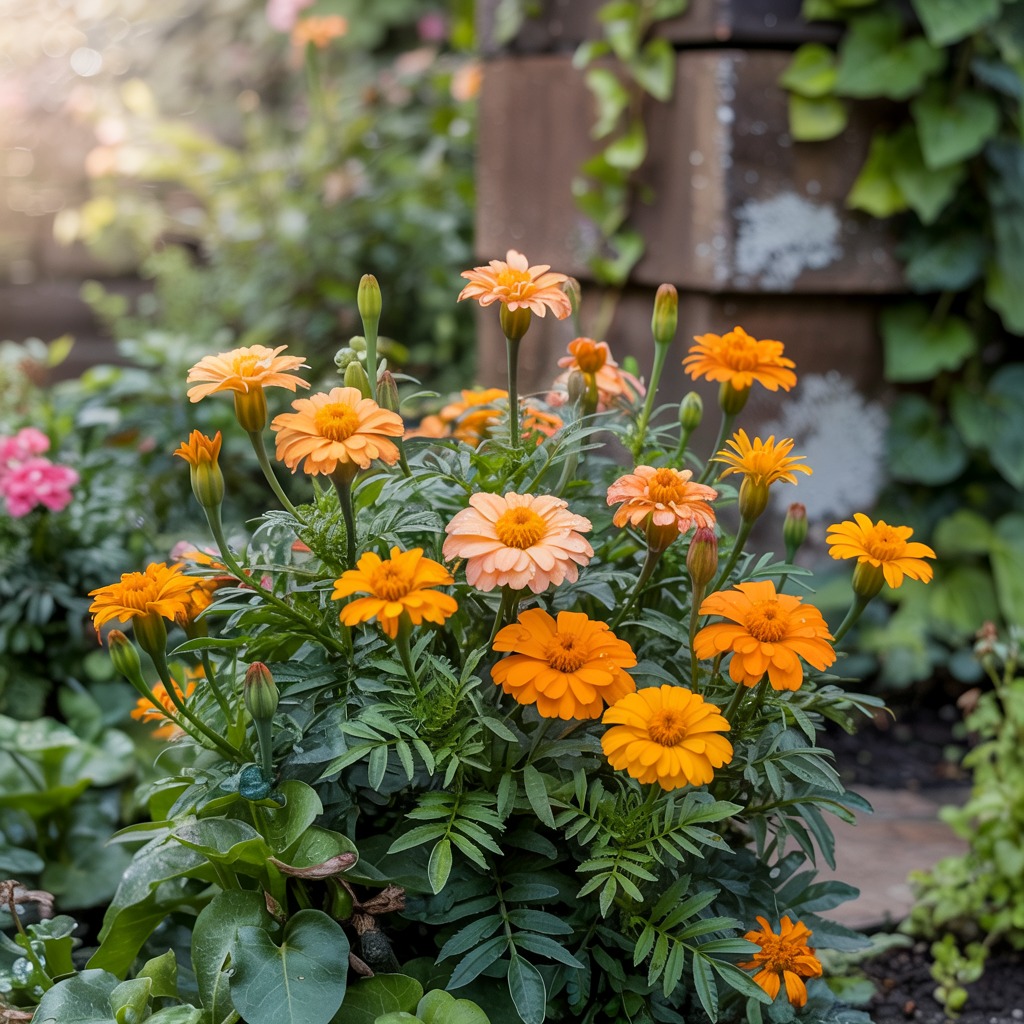
There’s something about that splash of gold against the dark soil—it lifts the spirit. My middle son, Max, says they look like the sun “left its crumbs in the garden.”
He’s not wrong. Marigolds bring joy. Not flashy, not delicate, just cheerfully standing tall.
And sometimes, that’s exactly what we need most—steady, bright, uncomplicated joy.
Final Thoughts: A Flower Worth Planting
I never thought much of marigolds when I first started gardening. They felt too common, too simple. Now? I plant them like I plant hope—with both hands and a quiet promise.
They guard the garden, feed the bees, color our days, and ask so little in return.
Tuck a few seeds in the soil, and you just might find, like I did, that marigolds are not just flowers. They’re golden companions with far more to offer than meets the eye.
Have you had your own marigold surprises? I’d love to hear about them.
